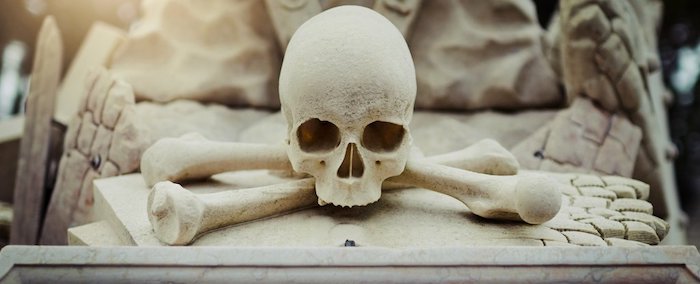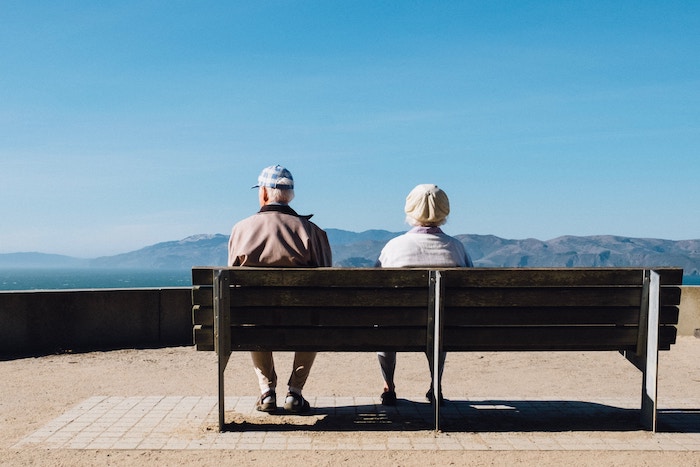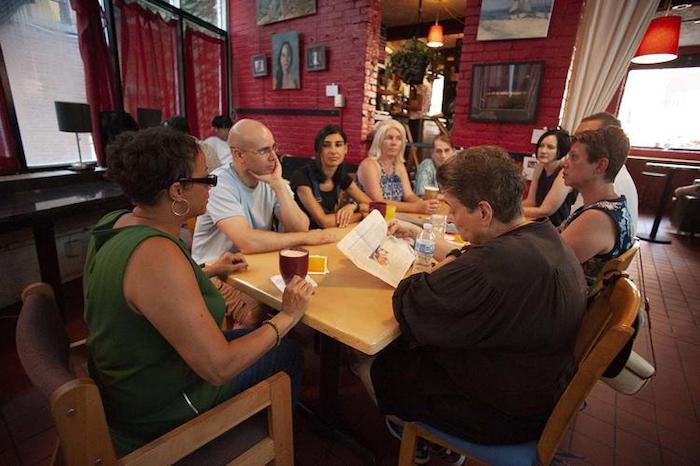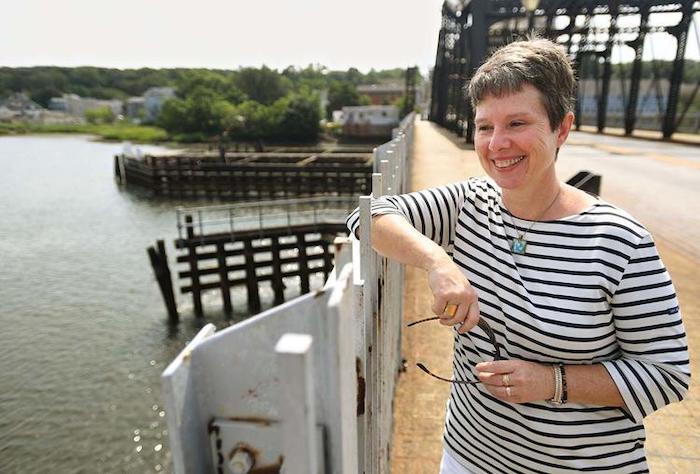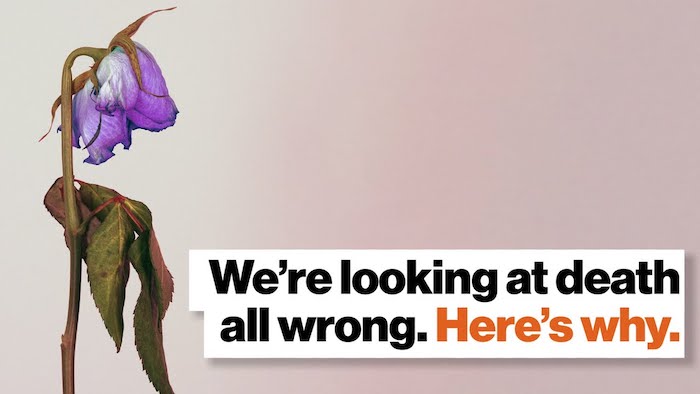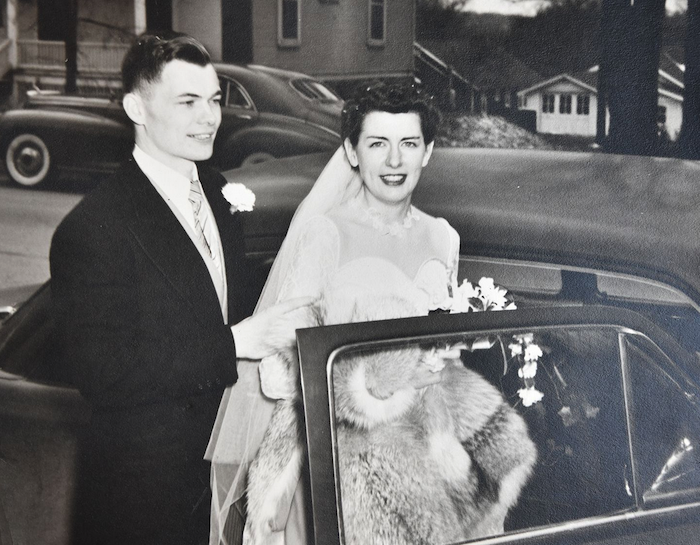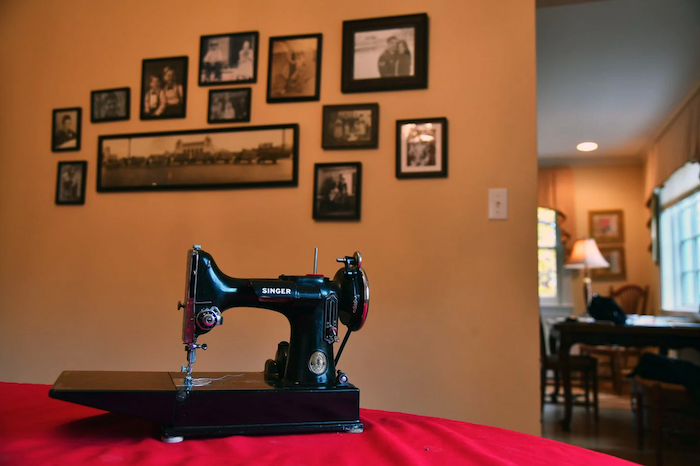By Dielle Ochotorena
If you knew what day you would die, what would you do? Would you be more ambitious and try to do everything you didn’t get to do or wanted to do? Would we fall apart and die at the hands of ourselves? Would we say goodbye to our loved ones? Would you welcome death with open arms? Would you hold a funeral for yourself? Would you try to cheat death? Would you keep living life the same way until you died? Would you try to leave a legacy? To build something that will outlive you? But most importantly, would you live?
Yes, I know, we’re young, scrappy, and hungry and not throwing away our shots (I couldn’t resist these Hamilton references), so why would we even be thinking about death and legacies at this age, doing so you’d have to be obsessed with death or a goth. But here I am, an otherwise healthy twenty-one-year-old college senior talking about death and dying when most people would think, “well she hasn’t really lived yet so what does she know”. And they would be right, I know nothing about death and while I’ve had people in my life die, I don’t know really know how it feels to die. Because you don’t feel death and you don’t feel like you’re dying until you’re actually dying; you feel grief, sorrow, and despair and while that’s painful, that’s not dying. But it’s my job to provide a perspective into topics we don’t like to talk about and most often don’t even think about.
Our mortality is much closer than we think it would be, we can die tomorrow and never live to old age like the generations before us. Many things can kill us today and in the next decades. To put things into perspective, according to scientists that by the year 2050, human civilization would collapse if nothing is done about battling climate change. With rising world temperatures from carbon emissions and greenhouse gases, globally we would have more frequent and intense heatwaves, crop failures, more severe extreme weather storms like hurricanes, and massive plant and animal extinction with habitat destruction and pollution caused by rising sea levels and human destruction.
In the United States, unlike the rest of the world, life expectancy rates have dropped steadily since 2015 due to drug deaths and an increase in suicide rates. While yes, the Baby Boomer generation is getting older and they account for a significant number of deaths, it’s an increase in deaths by individuals between the ages of 24 to 44 that are the most pressing and made the most impact on the calculations of life expectancy. The 10 leading causes of death: heart disease, cancer, unintentional injuries, chronic lower respiratory diseases, stroke, Alzheimer’s disease, diabetes, influenza and pneumonia, kidney disease, and suicide. Suicide and unintentional injuries have seen an increase in numbers, both are highly preventable deaths. The leading causes of death for those aged 1-24 years are mainly caused by external causes, not chronic health conditions. Unintentional injuries accounted for 38% of all deaths, followed by 13% for homicides, and 12% for suicides.
I hate to be a downer by talking about death and the real plausible reasons we how might die. But it’s eye-opening, isn’t it? Our lifelong struggle to learn how to really live is being held hostage by two notions: our mortality and the sheer dread and denial we have towards it. Dying is easy, living is harder. I can’t offer you a plan on how to live but I can plant that seed in your mind of why you need to live. While yes you could die of the aforementioned things above and I’m sorry to scare you into thinking you might die sooner rather than later, but that’s my whole point: to scare you into living.
I think it’s safe to say that we’re all just temporary fixtures in the universe, here for a set time but not made for forever. I want us all to live, to stop worrying that it will be the end of the world if you fail that exam, the dread of not getting into that graduate school program, the anxiety of possibly not having a job after college, to stop playing it safe and go out and experience life because you don’t know when it ends or when your friends will no longer be by your side. Stop thinking about the future in terms of the goals you’ve set for yourself because that’s not what most people will remember of you and what you’ll remember of your life. You’re running out of time so stop waiting for it, for that future you aren’t even sure you’ll have.
Think about the fun stories you’ll never get to tell because you weren’t brave enough to go experience it, the many versions of yourself that you won’t become because you’ve played it safe with life, the many places you’ll never go to, and the people you’ll never meet who will make an impact in your life and maybe even fall in love with. So, go. Go take that class you want to take, apply for that job you’re not qualified for, take that spontaneous trip to New Orleans, get that tattoo, try those foods you were too scared to try, make some regrets and learn from them, and meet new people who will change your life forever. Go make some memories.
Complete Article ↪HERE↩!

